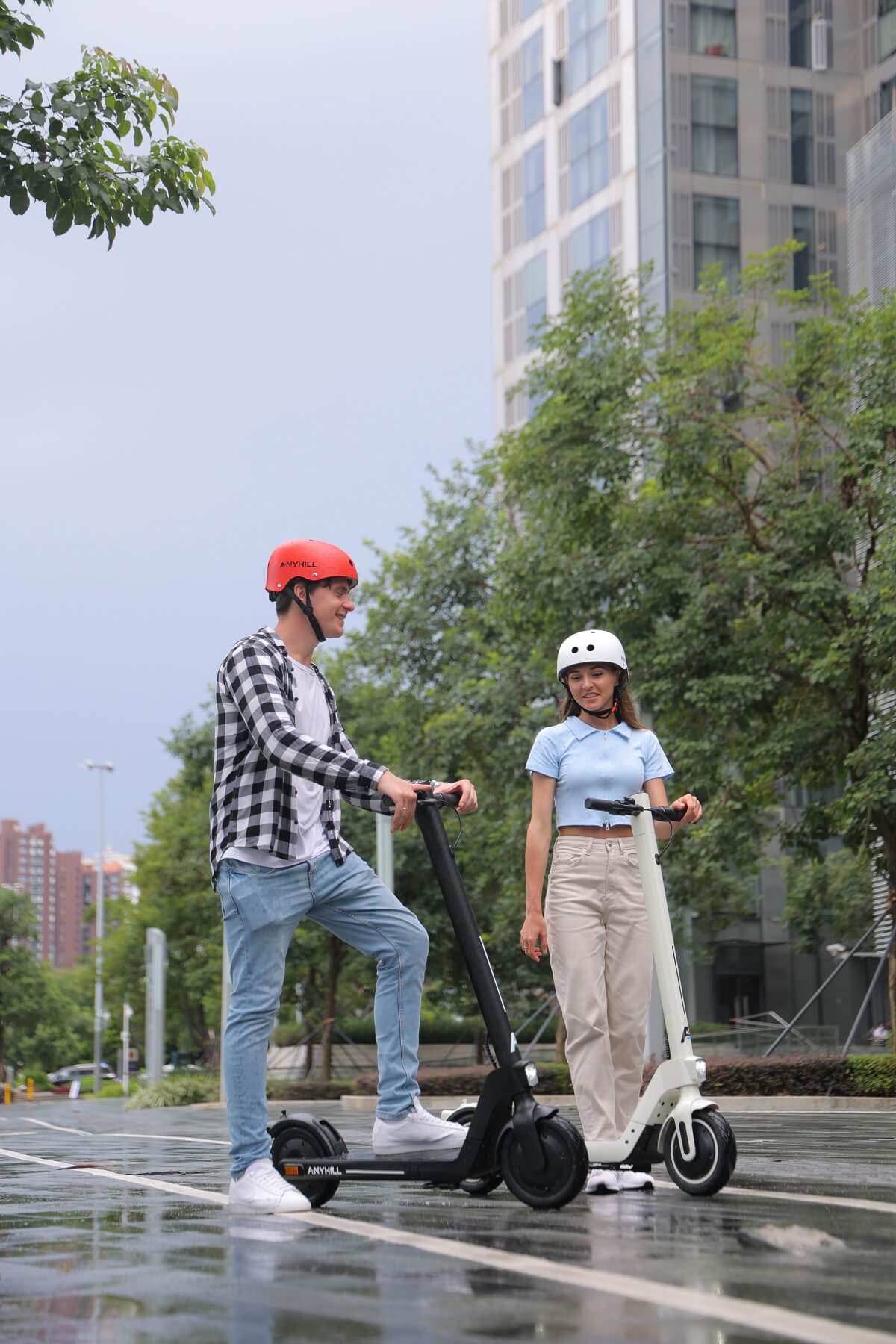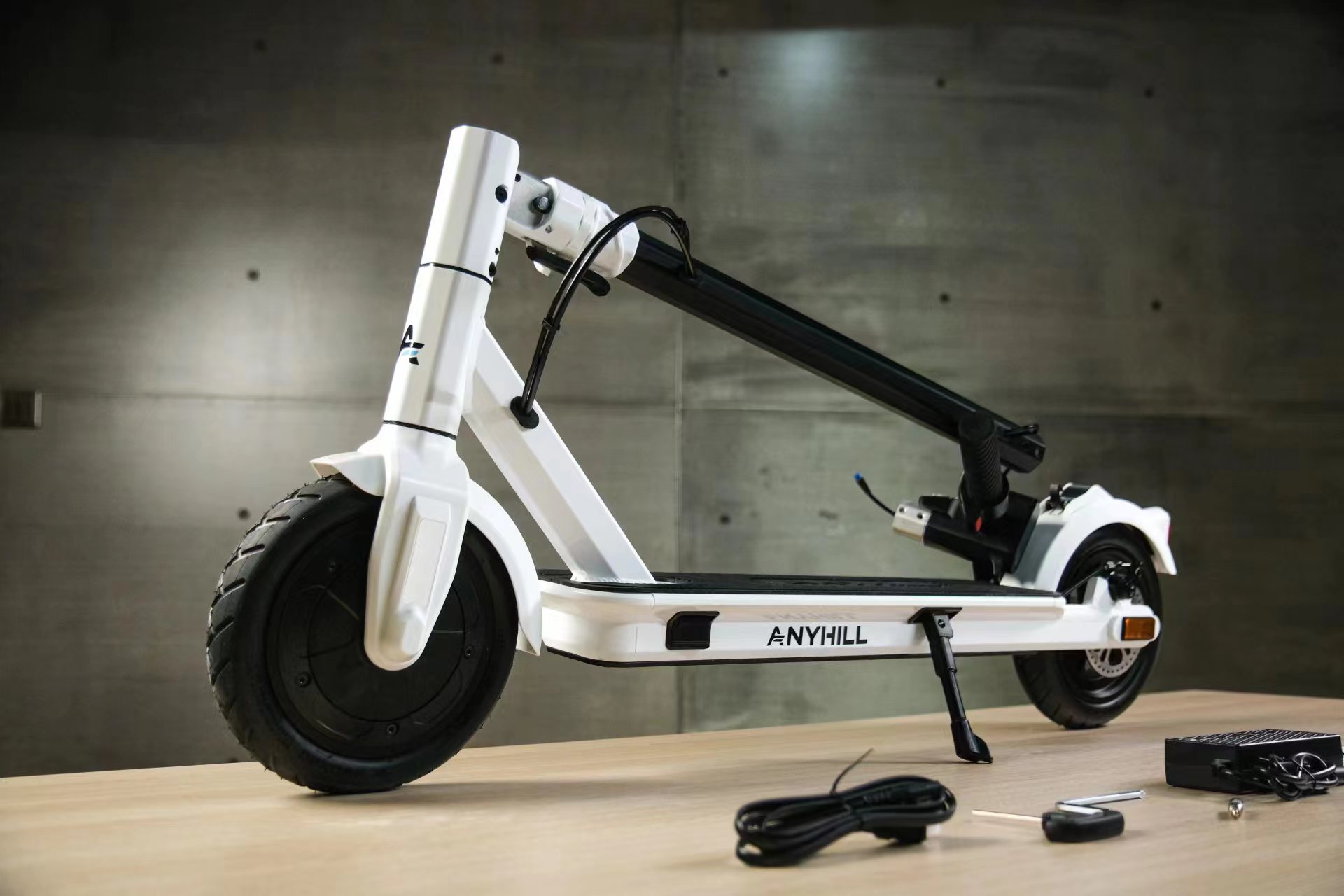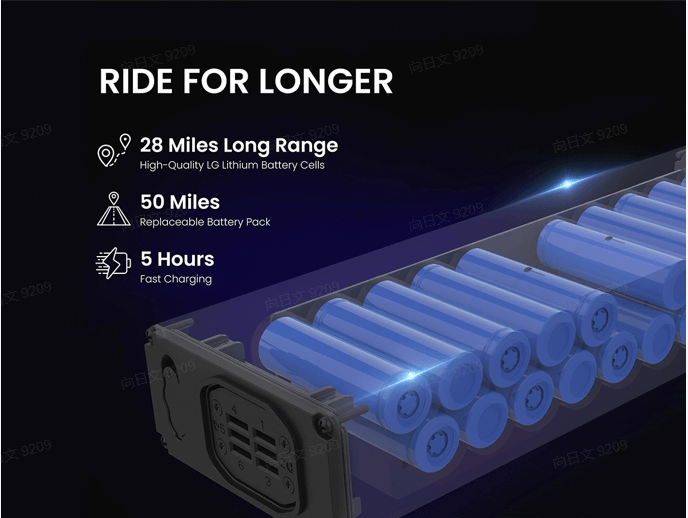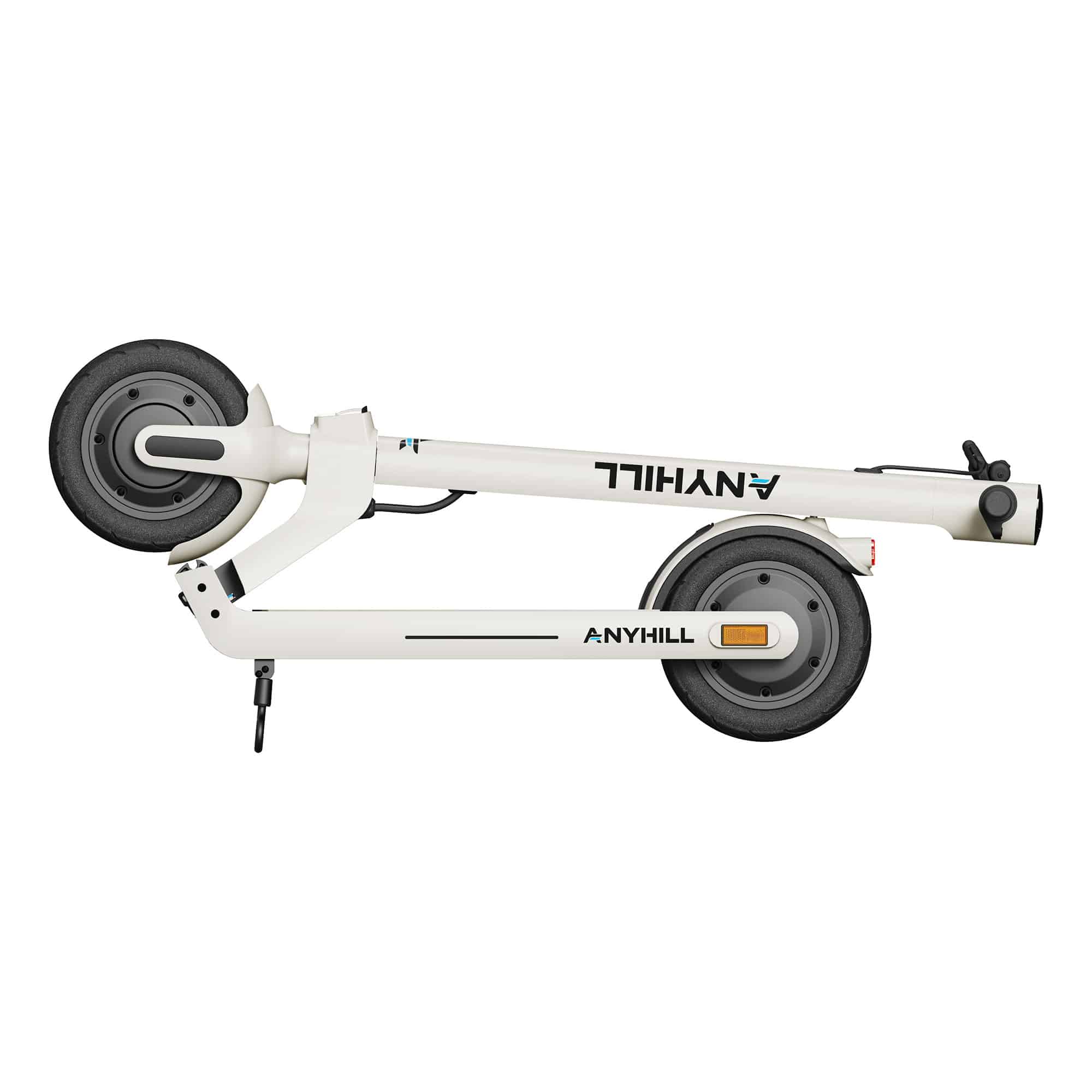There is little doubt that e-scooters are one of the most popular and contentious consumer trends in recent memory. However, industry leaders retain billion-dollar valuations despite some communities putting the brakes on their growth, so the money keeps flowing in. Unit economics for e-scooters have improved dramatically in recent years, and manufacturers are stepping up their innovation efforts to address remaining operational challenges.
Cities require micro-mobility solutions now more than ever in an increasingly crowded and polluting the urban setting.
There will be more growth in the future.
It’s difficult to decipher the complexities of this rapidly evolving sector. What are the possibilities for the e-scooter–sharing market now that it has expanded beyond its infancy? In the long run, what does the industry’s financial outlook look like? Where do operators have the most chance of garnering a following? When it comes to the market, how will it develop—and what steps can operators take to ensure their success? However, how can e-scooter firms and local authorities continue to collaborate to make e-scooters a practical micro-mobility option? The most developed parts of the world, the United States and Europe, have recent experiences that shed light on these issues.

Why is the New Unit Economy So Powerful?
It’s not only a matter of better hardware that’s making e-scooters more profitable. In addition, providers have been working to overcome operational challenges by focusing on the specific factors that influence operational costs in different markets. You can consider the um 2 model as the best there. They are revolutionizing the transportation industry by eliminating the need to recover, recharge, and redeploy each scooter, which reduces labor and logistical costs, downtime, and environmental impact. Users will be able to trade batteries for ride credit at decentralized charging stations, similar to how refueling in vehicle sharing works now. This is the next step in the evolution of swappable batteries.
To Explain Future Growth, Use City Archetypes.
What are the industry’s long-term chances for growth? Even in Europe, the disparity in disposable income makes certain places more suited for scooter development than others. We used decision-tree analysis to classify cities based on four important factors in order to arrive at an accurate estimate.
Population density
There are several ways to gauge the potential demand for micro-mobility modes like e-scooters in a given area throughout the day. Public transit is typically overcrowded and unpleasant, making options like taxis and ride-sharing less tempting and less dependable. Cars, on the other hand, are more costly to drive and park. As a result, journeys in densely populated regions tend to be shorter, which is good news for scooters and other micro-mobility vehicles. accommodate bicyclists.
Environmental Issues
With the increase in transportation and industrial gas emissions and living pollution, the air quality is now getting worse and worse. Green travel will increasingly become the new way of travel in the future.
A large number of people under the age of thirty.



